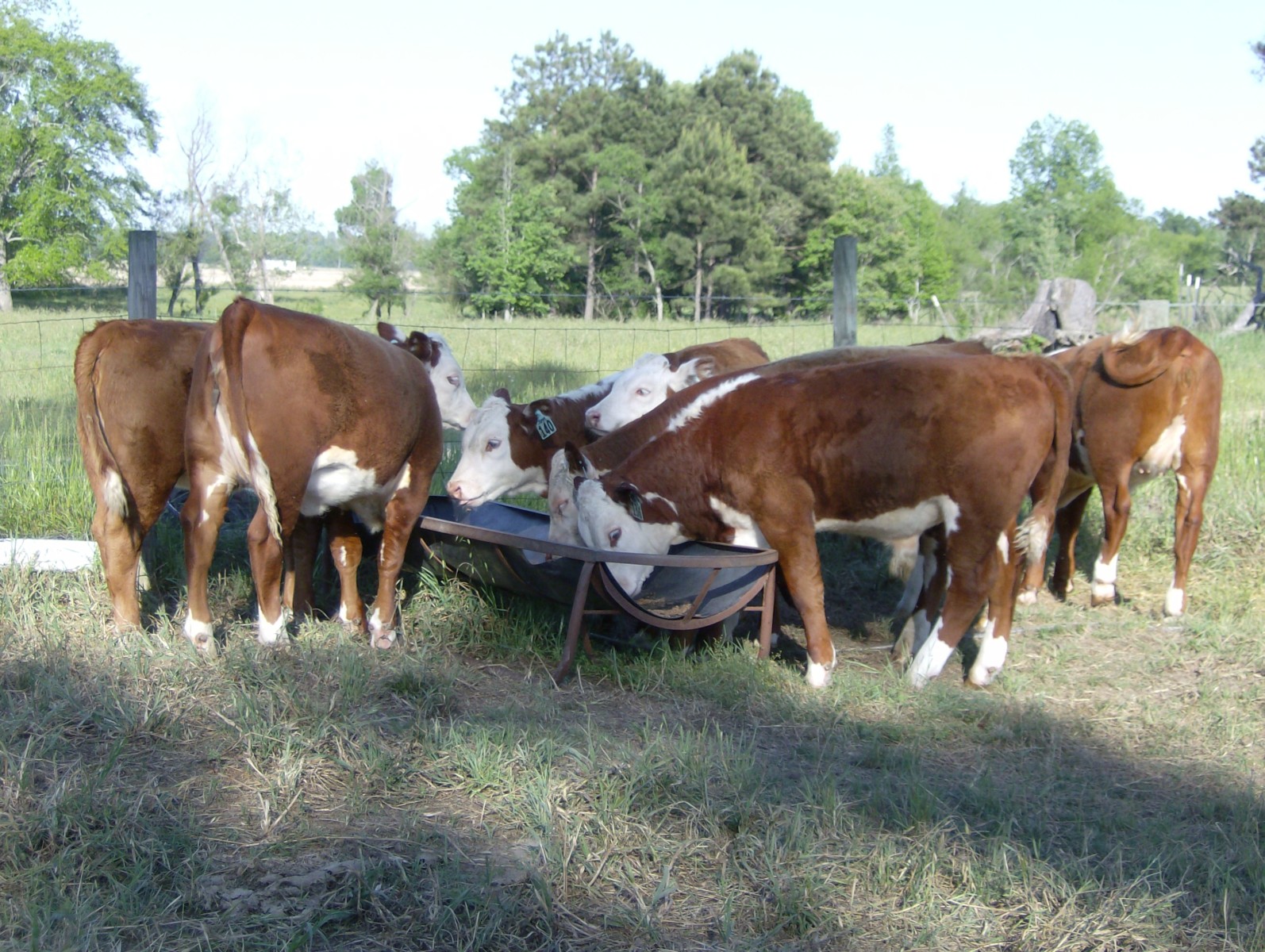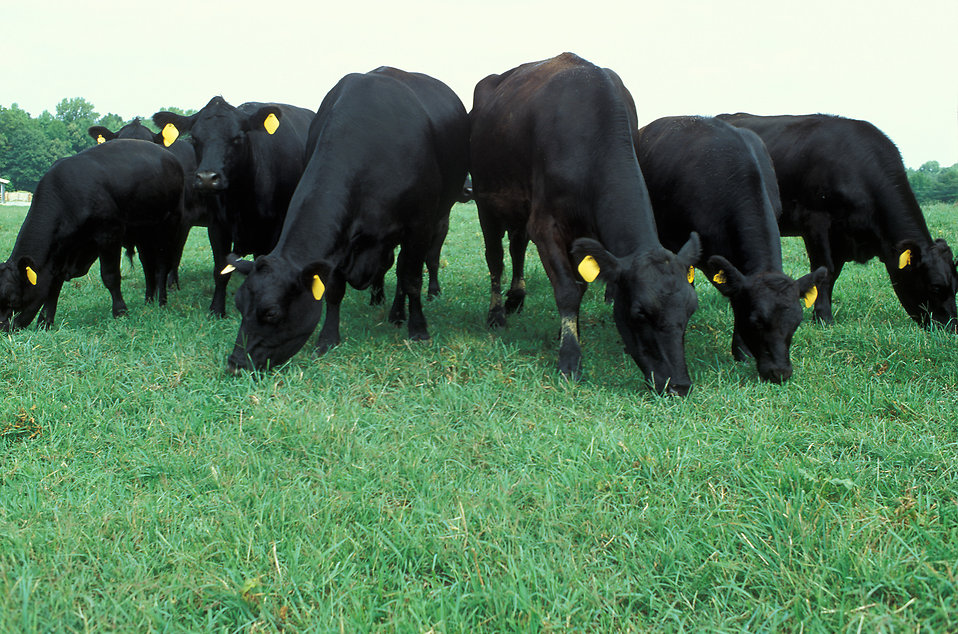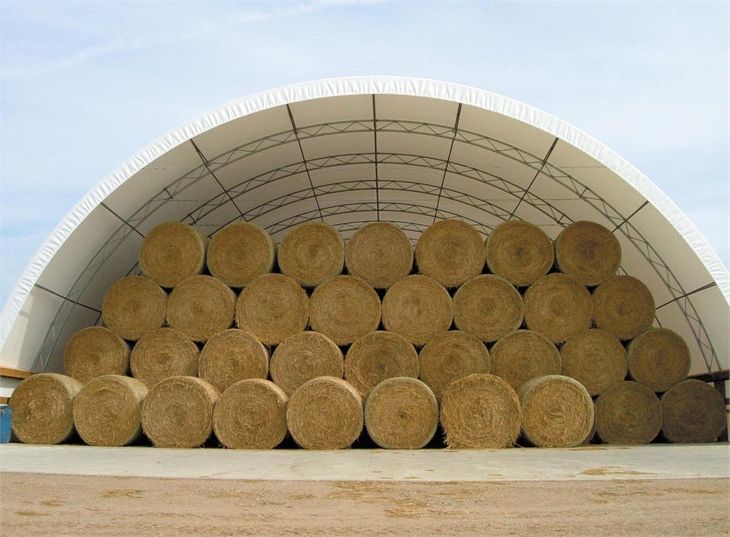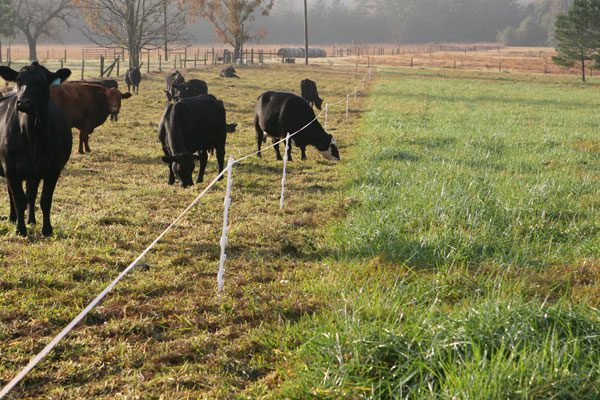cattle
-
The prolonged cold weather during the Christmas holiday has a lot of producers asking, “Are my winter annuals going to regrow?” Unfortunately, there isn’t a clear answer that we can offer to this question. Many cool season forages can handle subfreezing temps for short periods and the degree of damage depends on air temperature, soil…
Posted in: Uncategorized -
According to USDA, in 2019, the United States produced more than 57.7 million acres of forage crops that were harvested for hay. Annual production from this acreage is over 140 million tons of hay valued at more than 18 billion dollars. Hay is the most widely grown mechanically-harvested agronomic crop in the United States. That…
-

I am hearing many producers say, “I am not planting winter grazing this year, seed costs and fertilizer is just too high.” My first question is, “are you sure?” To put it bluntly, this year is not the year to NOT plant winter grazing. Why? Well, your first statement is correct, input costs remain high…
-

Are you looking to improve your grazing management system? The first step is to develop a grazing management plan! To better manage your grazing, you have to have goals. Our ultimate goals are to improve our efficiency, reduce pasture waste, conserve surplus forage, improve animal performance, and improve forage quality at its time of use.…
-
It is a generally accepted fact that mineral supplementation is an important part of ruminant nutrition. Proper mineral and vitamin nutrition contribute to strong immune systems, reproductive performance, and weight gain. A properly balanced mineral program requires consideration of animal nutritional needs, forage/feed intake and its mineral concentration, and mineral supplement intake and its concentration.…
-

By Roger Gates Whitfield County CEA Livestock producers who have had to purchase hay in dry years do not need economists to describe the impact of supply on price. The value of an adequate supply becomes increasingly obvious as winter transitions to spring if pasture growth is slow or delayed. At least four factors contribute to…
-
WHEN IS THE BEST TIME TO PUT N ON FESCUE? July 2019– Progressive Forage Grower Magazine Article Dennis Hancock, PhD. | Professor and Extension Forage Agronomist, Univ. of Georgia Every spring, there is a chorus of calls and emails “when is the best time to put nitrogen (N) on tall fescue?” The answer that I…
-

How is the recent weather affecting the Georgia hay crop? Similar to weather conditions in 2013, excess rain from May to July of 2018, followed by an August drought, have led to tremendous variation in the 2018 hay crop. Beef cattle producers in the Southeastern U.S. need to be on the lookout for cows experiencing…
-
If you have Incurred Losses as a Result of the Devastation of Hurricane Michael, PLEASE READ BELOW Dr. Jennifer J. Tucker, Asst. Professor, UGA CAES Tifton Dr. Dennis W. Hancock, Professor and Forage Extension Specialist, UGA CAES Athens Dr. R. Lawton Stewart, Jr., Assoc. Professor and Extension Animal Scientist, UGA CAES Athens Dr. Jacob R. Segers,…
-

By Ray Hicks Screven County CEC The cost of hay and feed for winter supplementation is one of the largest expenses for cattle producers. Stockpiling bermudagrass or bahiagrass fields for grazing use in the winter can help save on hay cost and labor. You can expect to get 30 to 60 days of grazing from…
-
UGA Extension will host a two-day Advanced Grazing School on September 18-19, 2018 that will provide attendees with a deeper understanding of two key aspects of their grazing systems. The focus areas will be on choosing the right pasture species, designing a grazing system that works best for your operation, and how to profitably fertilize…